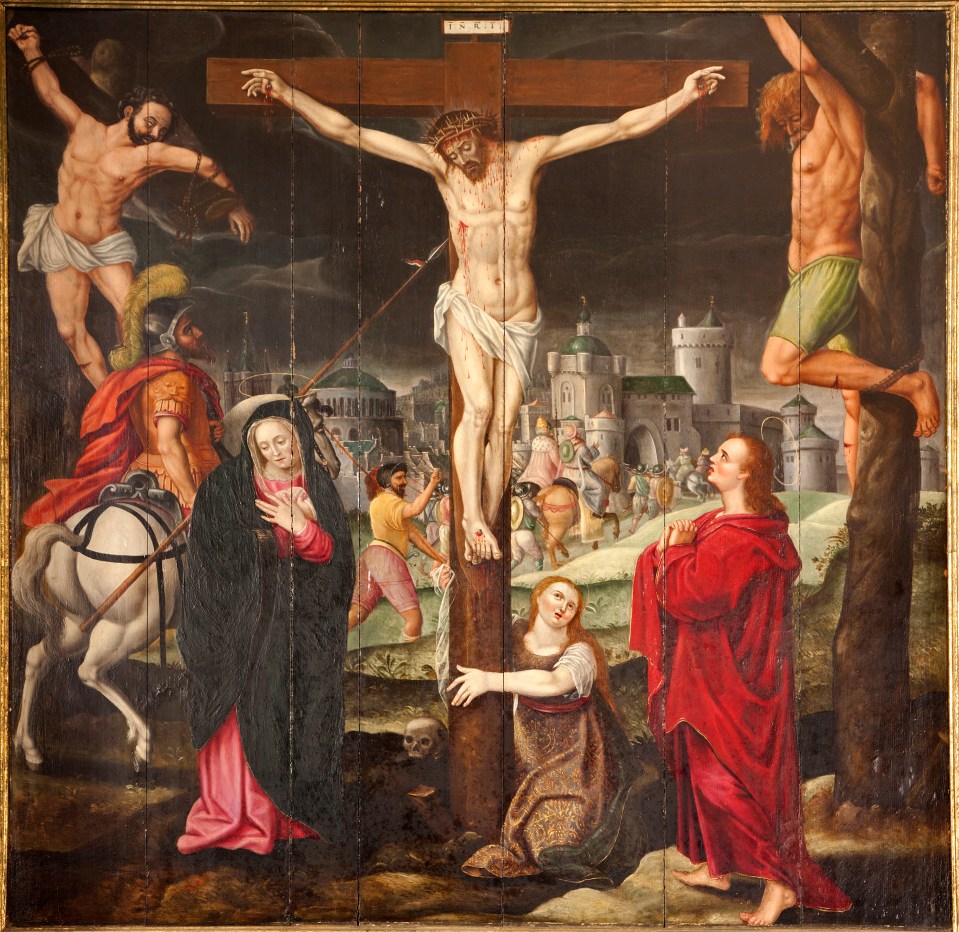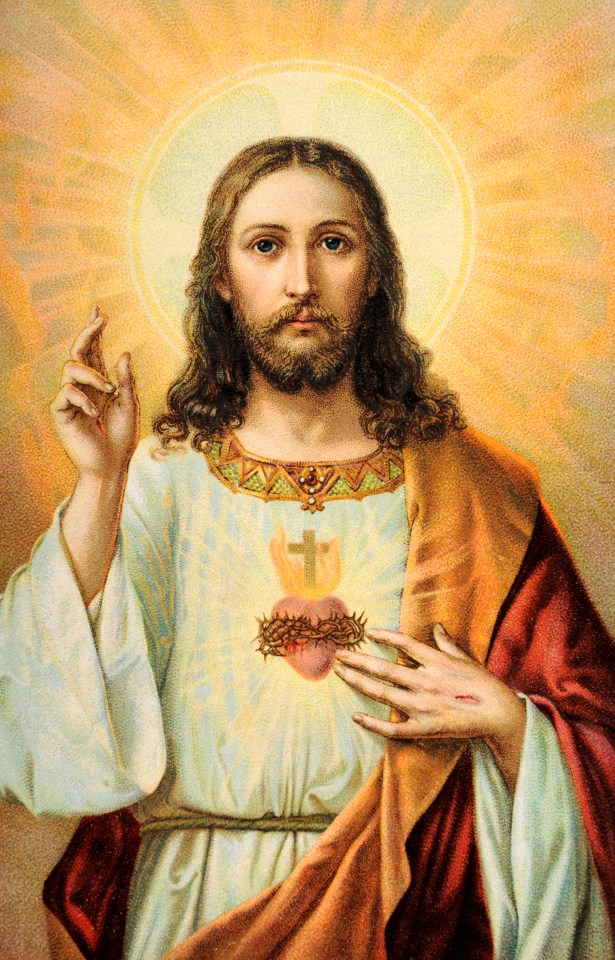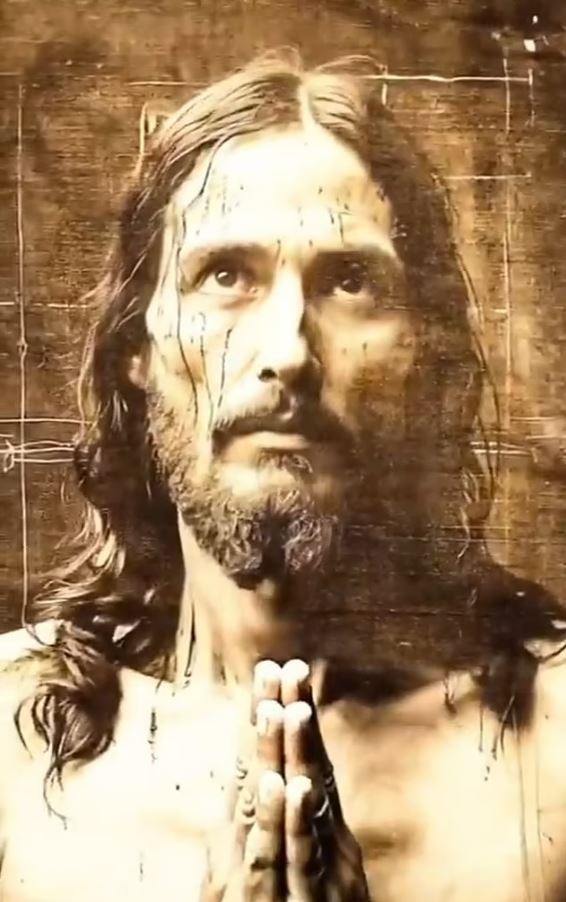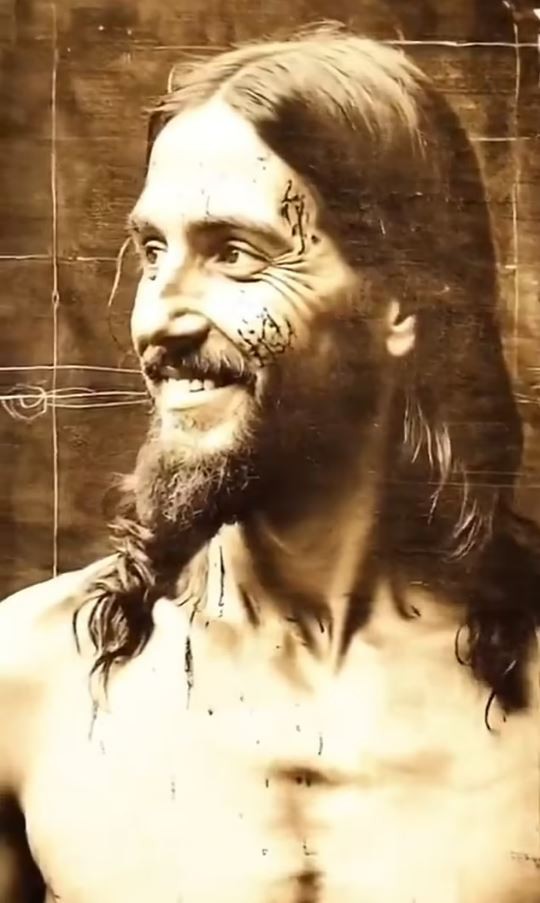A TEAM of scientists claims to have debunked one of Jesus Christ’s most famous miracles — saying the Son of God may not have fed 5,000 people with just five loaves and two fish after all.
Instead, researchers believe it could have been a freak natural event in Israel’s Lake Kinneret — known in the Bible as the Sea of Galilee — that brought a massive haul of fish to the surface for easy collection.
The story of the “Feeding of the 5,000” is told in all four Gospels, where Jesus is said to have blessed a small amount of food and miraculously distributed it to feed a vast crowd.
But in a 2024 study published in Water Resources Research, scientists monitored oxygen levels, water temperature, and wind speed across Lake Kinneret — and say they discovered evidence of sudden mass fish die-offs caused by unusual weather patterns.
Strong winds sweeping across the lake, they say, can churn the water and cause an “upwelling” of cold, low-oxygen water from the bottom, which kills fish and sends them floating to the surface.
According to the researchers, to anyone watching from the shore, it would look like fish were suddenly appearing by the thousands — creating the illusion of a miracle and allowing them to “be easily collected by a hungry populace”.
The team believes this could explain the Gospel passage where Jesus tells his disciples — after a fruitless night of fishing — to cast their nets on the other side of the boat, suddenly hauling in a bounty.
However, Biblical scholars aren’t buying it.
Critics slammed the theory for missing the point entirely, pointing out that no fish were caught during the miracle of the loaves and fishes.
The article on AnsweringGenesis.org hit back, saying: “Jesus simply took the five loaves and two fish, thanked God, broke the loaves, handed everything to his disciples, and the disciples handed the food out. No fish were caught!”
According to Matthew 14:13–21, Jesus “saw a great crowd, and he had compassion on them and healed their sick.”
When his disciples told him to send the people away to find food, he replied: “They need not go away; you give them something to eat.”
After blessing the five loaves and two fish, the Bible says: “they all ate and were satisfied.
“And they took up 12 baskets full of the broken pieces left over.”
Despite the backlash, the researchers argue that understanding how fish may have mysteriously appeared in huge quantities doesn’t take away from the spiritual message of the event — which many see as symbolic of generosity and faith.
Still, religious sceptics say the study adds weight to theories that Jesus’ wonders may have had natural explanations — while believers insist some things just can’t be explained away by science.
It comes after a stunning AI-generated video claims to reveal the true face of Jesus Christ — using images based on the mysterious Turin Shroud.
Believers say the Shroud of Turin was the burial cloth wrapped around Jesus after his crucifixion.
Now, photos of the ancient linen have been processed through Midjourney, an AI image generator, to create a realistic image and video of Christ.
The video shows Jesus blinking, smiling, and praying — potentially as he did before his crucifixion around 33AD.
He appears with shoulder-length brown hair, a beard, brown eyes, a straight nose, and high cheekbones.
His skin tone is pale, which has sparked debate among academics and online.
Last year, The Sun also used AI to recreate the Son of God’s appearance.
The Gencraft tool was fed the prompt “face of Jesus based on the Shroud of Turin” and returned images of a man with hazel eyes, a gentle expression, a neat beard, clean eyebrows, and long brown hair.
Under his weary eyes, signs of exhaustion were visible.
Many researchers agree that the man wrapped in the Shroud appeared to be between 5ft 7in and 6ft tall, with sunken eyes and a full beard.
The markings on the cloth also show what some believe to be crucifixion wounds — including injuries to the head, shoulders, arms, and back, consistent with a thorn crown and Roman whips.
The Bible recounts that Jesus was scourged by Roman soldiers, crowned with thorns, and forced to carry his cross before dying in agony.



